Biodiversity
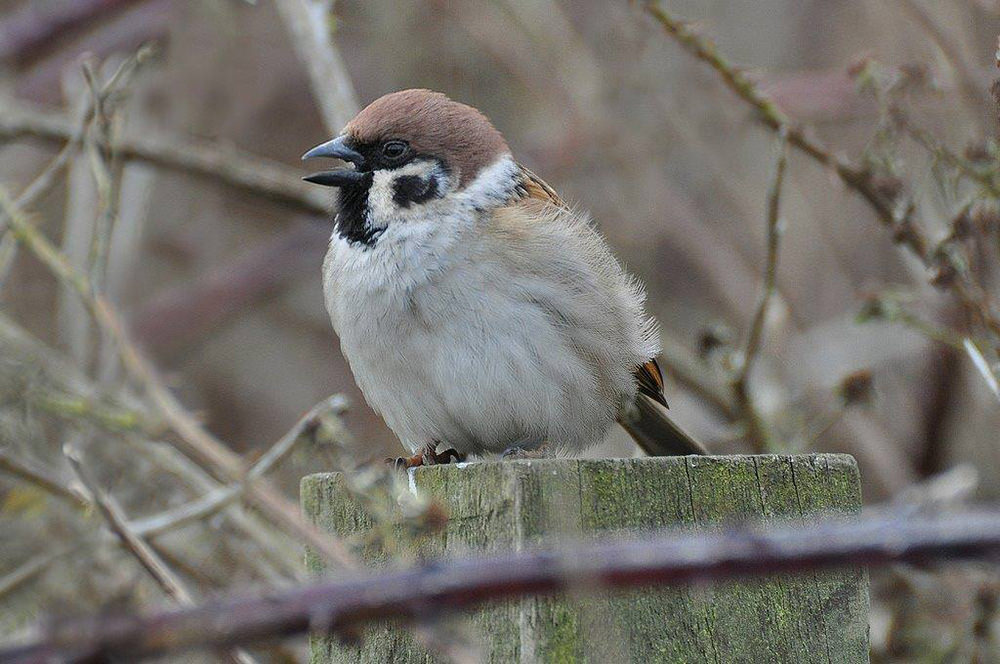
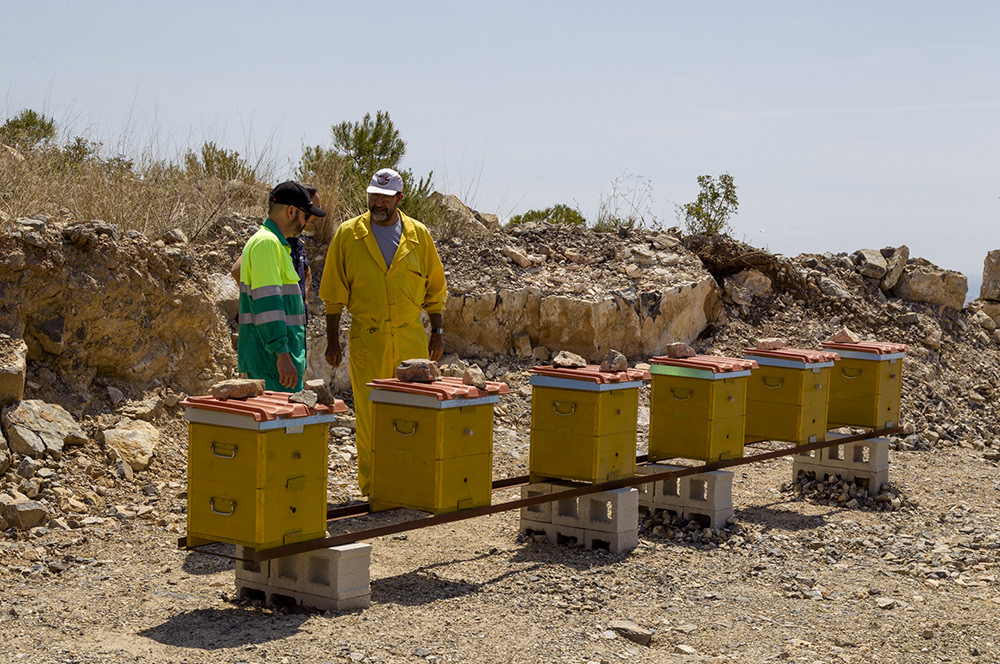
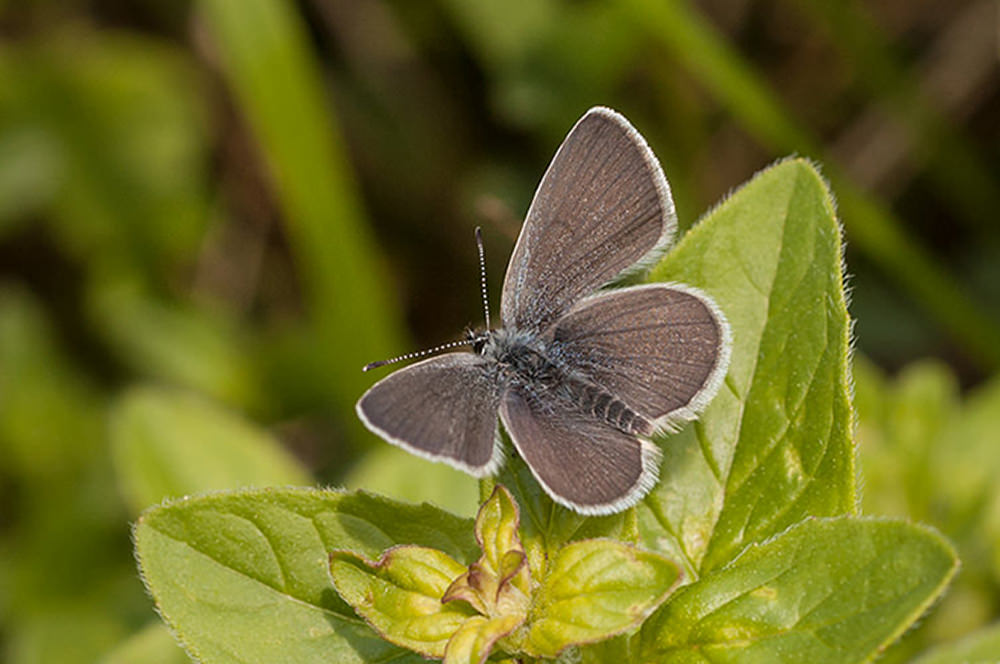
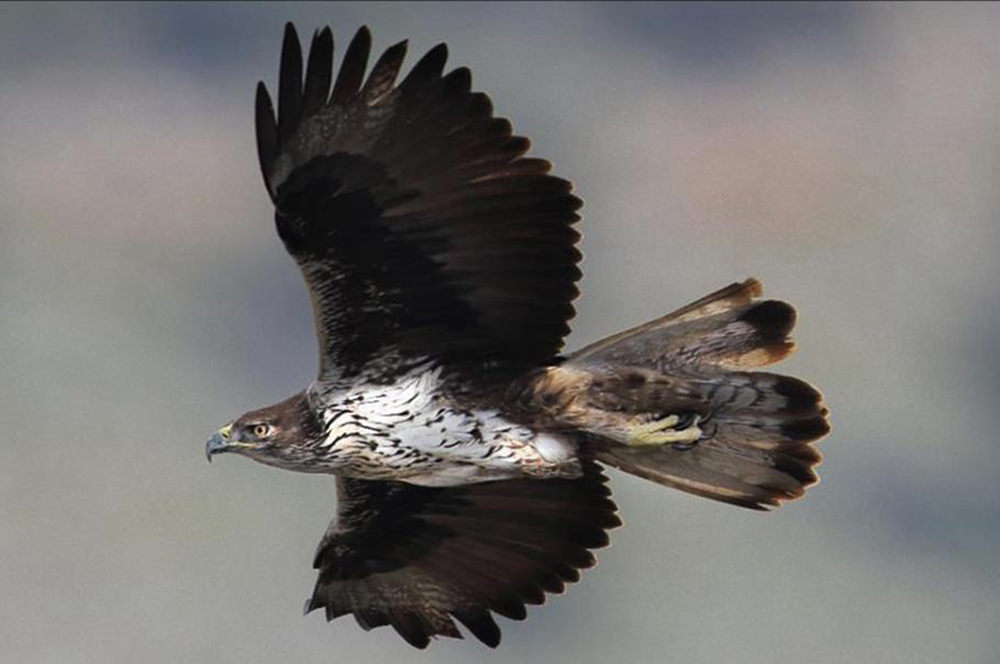
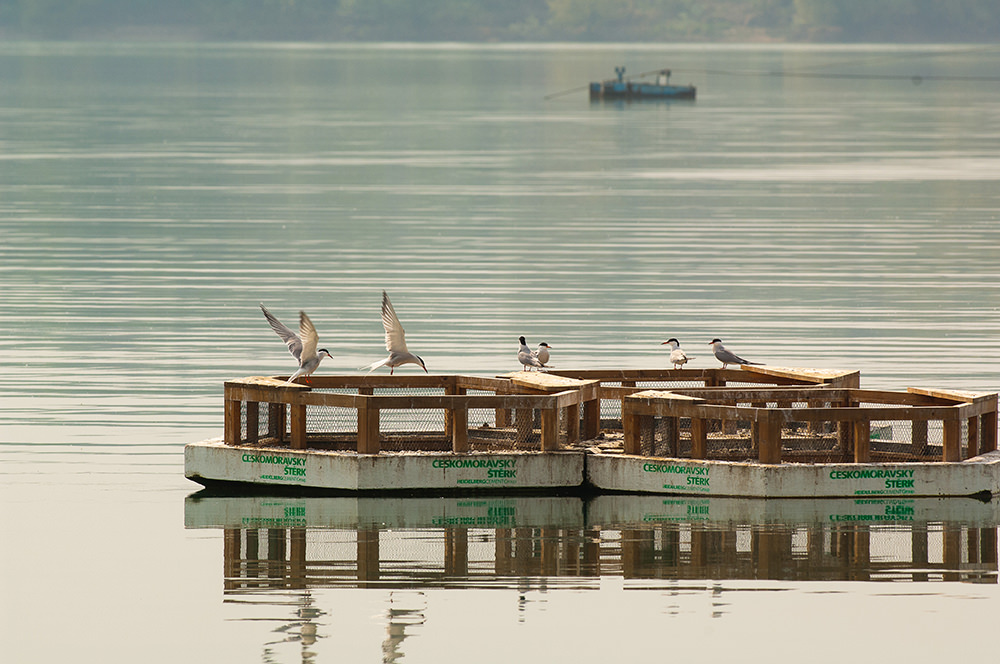
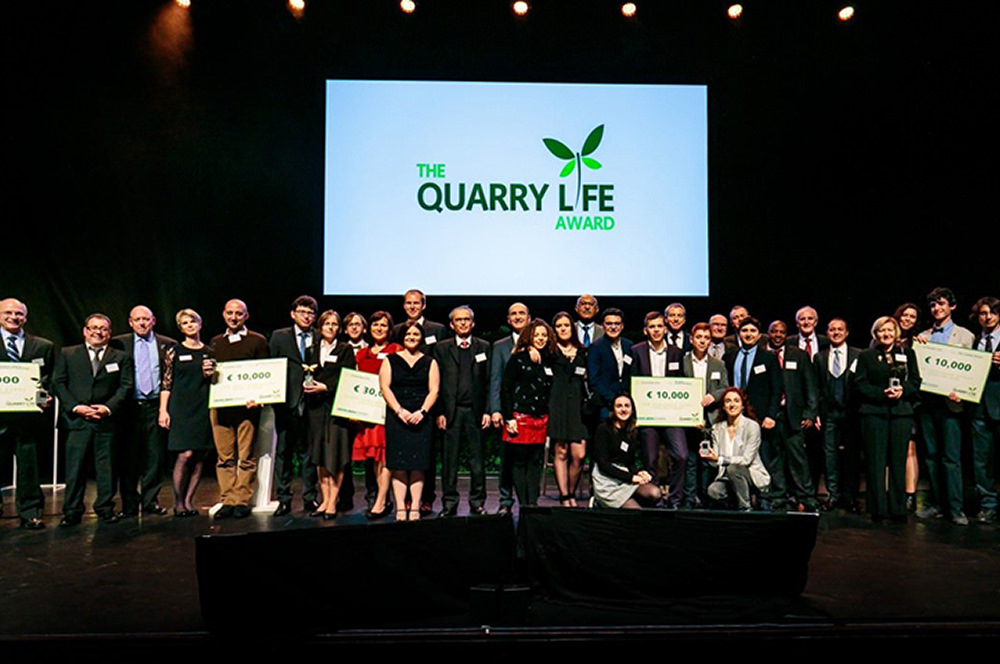
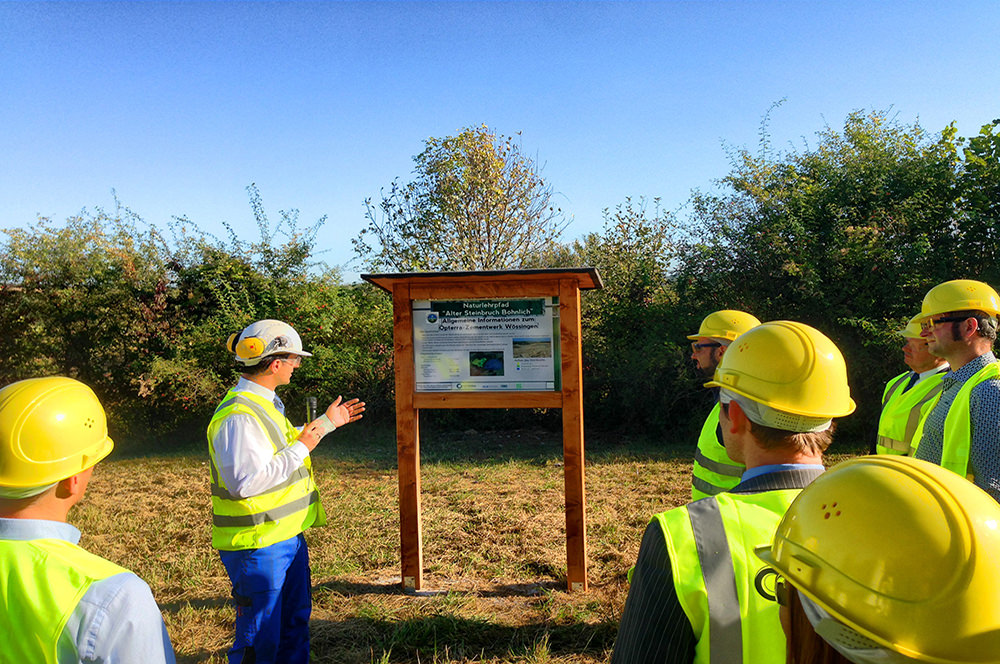
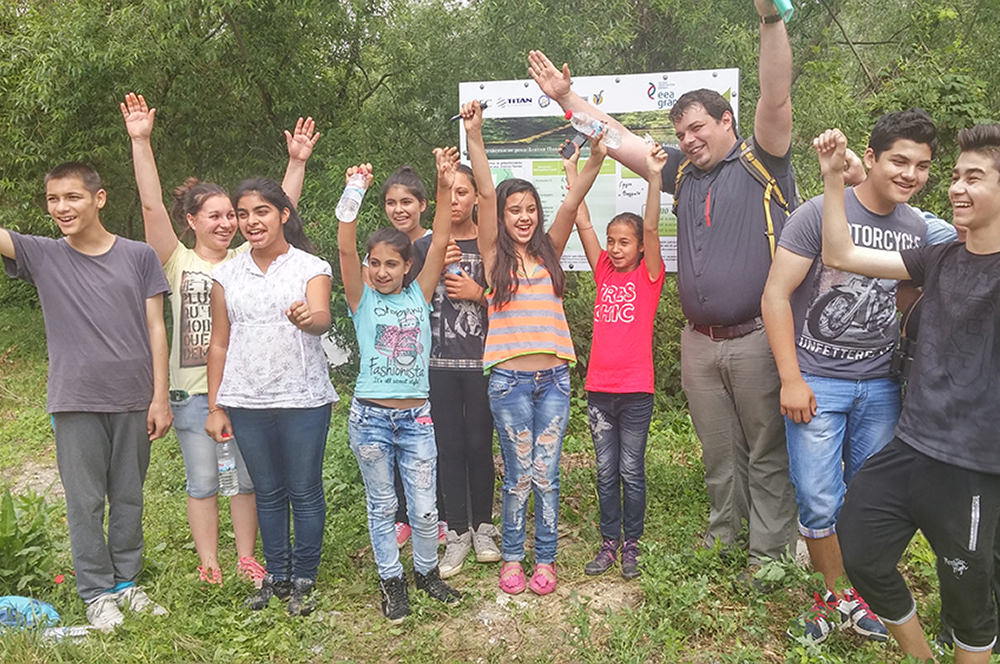
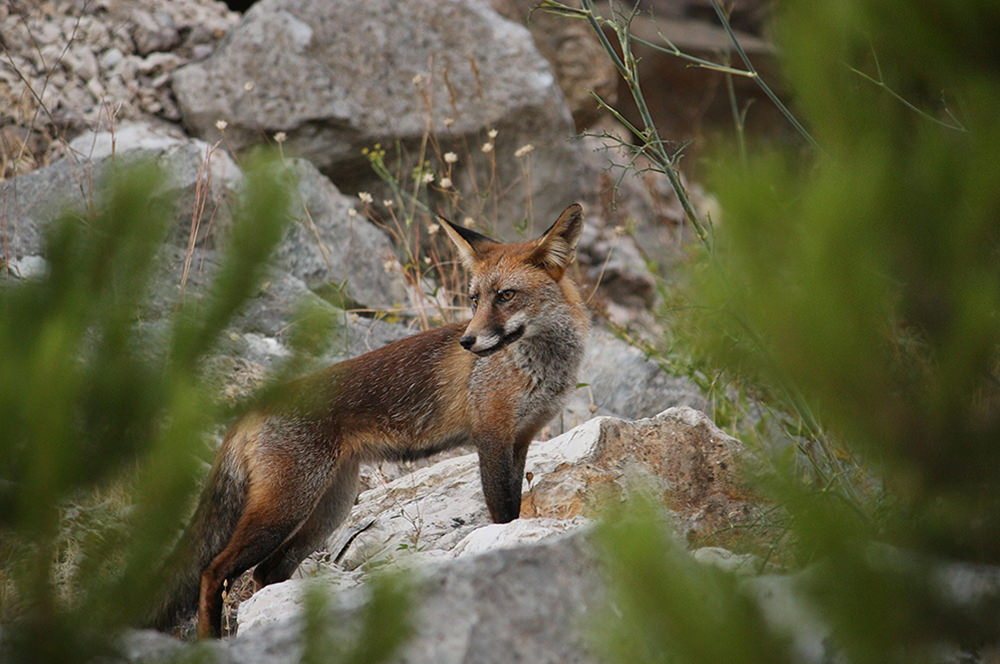
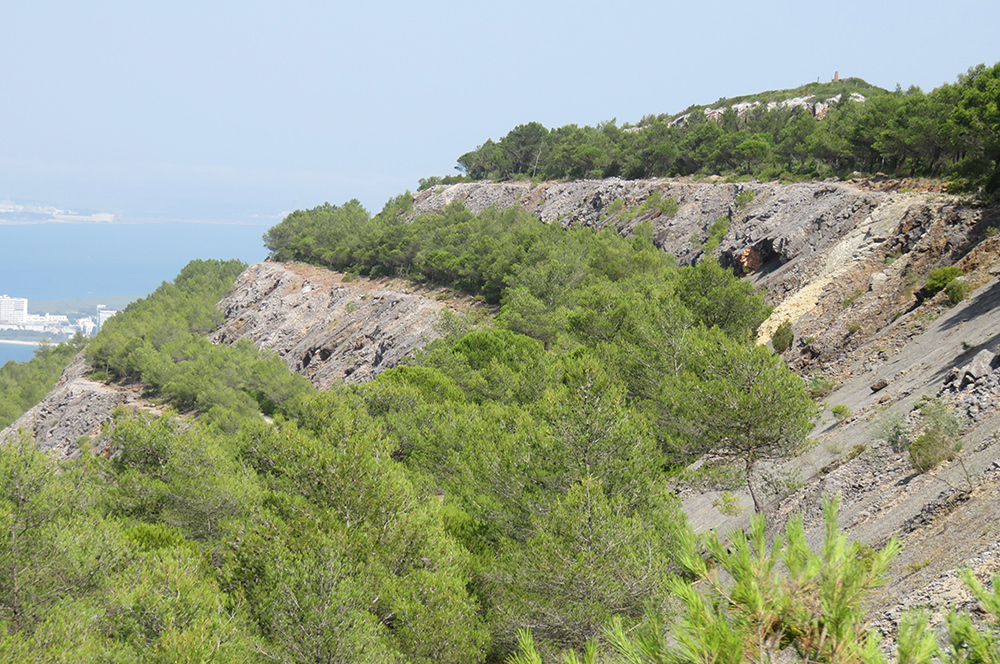
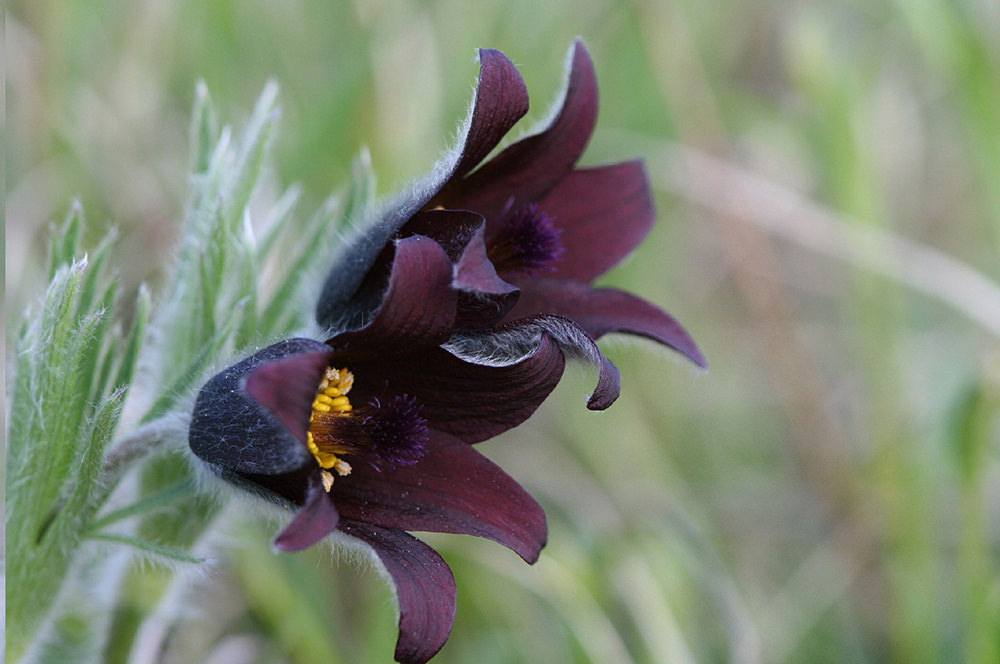

Farmland Birds
Farmland birds have seen populations decline sharply over the last several decades. This change is driven by a loss of suitable habitat. When quarries are restored features such as tussocky grass, hedgerows, scrub and woodland are reintroduced to the landscape. This in conjunction with farmland that surrounds quarries has helped restore habitats which the species had previously relied on. Introducing biodiversity action plans at the quarries has also helped with ongoing monitoring. Species which had seen drastic population falls in the UK can now be seen successfully nesting and foraging in restored areas of quarries. Most notable has been the return of tree sparrows, reed bunting, lapwing, yellowhammer and linnet.
Read more
Birds and bees as agents of positive biodiversity change during restoration
LafargeHolcim Spain has adopted an innovative system in which granivorous birds and bees play a fundamental role in the ecological restoration of its quarries. Specifically, the company is working on the recovery of wild bees, currently in regression, as a lever for pollination and birds as an effective engine for seed dispersal. Both species offer a unique opportunity of promoting natural biodiversity, as well as enhancing the biodiversity value of its quarries during the restoration process.
Lepidoptera at Southam Quarry
Working closely with the wildlife charity Butterfly Conservation, Southam Quarry has introduced landscape features which are deliberately designed to help butterfly and moth species. A careful blend of calcareous grassland, scrub and fresh water bodies were included in the restoration scheme. Butterfly conservation were very concerned with a rare species called the Small Blue. The local population had fallen to a level whereby the species faced local extinction. Work began 10 years ago as the quarry started the 1st phase of restoration. The work has produced excellent results and there is now a significant small blue colony resident on site. The colony has also now started to expand across the local area. The work has benefitted not just the Small Blue but also other species of Lepidoptera, 120 were recorded on site during 2018, including rare and endangered species of moth.
Baseline study for developing Biodiversity Management Plan at operating quarry
A biodiversity baseline study was made at Leros quarry, which lies within a Wildlife Refuge protection area and is also adjacent to a Special Protection Area (SPA) of Natura 2000. The objective of the study, which included field survey, recording of birds and habitats, was to investigate features of high biodiversity value, identify potential threats and determine actions to establish a Biodiversity Management Plan (BMP) for the preservation and enhancement of biodiversity.
Read more
Building homes for Wildlife
Concrete is one of the most widely used construction materials, but at HeidelbergCement we are exploring how this product can not only be used to benefit people but also nature. Working in partnership with NGOs, communities and universities we have been developing different ‘concrete’ based habitats for a variety of animals include common terns and yellow-bellied toads.
Read more
Improving biodiversity management through the Quarry Life Award
Beginning in 2011, HeidelbergCement launched the ‘Quarry Life Awards’ – a competition aimed not only to help the company understand the nature living in its sites and how best to manage it, but also to encourage further research and awareness raising on the importance of quarries for wildlife. Run every few years, this competition attracts universities, NGOs, school and communities into our sites with the one common aim of making ‘nature the biggest winner!’.
Read more
Nature trail at Wössingen cement plant CRH
A project with local schools led to the creation of a nature trail at CRH’s Wössingen cement plant. Students researched the species and ecosystems present in the quarry and created a nature trail, with information boards and “wild bee hotel” that could be enjoyed by members of the public. State Secretary, Andre Baumann from the Ministry of the Environment, inaugurated the nature trail and praised it as an example of a win-win for both business and ecosystems protection.
Read more
Bio-monitoring and preservation of riparian ecosystems
Bio-monitoring and preservation activities are the bases of the environmental awareness program for pupils, developed under the project “Adopt a river” in the area of Zlatna Panega river, Bulgaria. The project aims at building awareness on the biodiversity and environmental conditions of rivers and involvement of pupils and active citizens in activities for preservation of freshwater and riparian ecosystems.
Read more
Fauna in the restoration process
Fauna plays an important role in the restoration of quarries, acting as a seed disperser for several species, promoting spontaneous regeneration of vegetation, or in controlling pests.
Read more
A long project of quarry restoration
For the least 36 years we have been learning about the complexities and opportunities of managing biodiversity and overcoming restoration challenges.
Read more
Re-opening of a grassland to boost the Pulsatilla rubra
In 2010 the project of building a 6 kms long conveyor belt, associated to a limestone quarry, took place on a dry area hosting an endangered species, Pulsatilla rubra; the environmental assessment highlighted the presence of a dozen of specimens. Restoring a similar site, less than 3 kms away has been decided in order to boost the growing of Pulsatilla rubra, and to strengthen the population of this flower.
Quarry life award Akcansa Cement
The company aims to raise awareness of the organic value of mining sites and to promote environmental education projects with focus on mining and biodiversity and to increase collaboration with external communities.
In brief
The Commission is currently developing the EU biodiversity strategy for 2030. This builds on the EU’s biodiversity strategy for 2020 launched in 2011. This stresses the importance of biodiversity and the need to have nature in our lives. The 5 main reasons for biodiversity loss are land and sea use changes, overexploitation of resources and organisms, climate change, pollution and invasive alien species.
The Biodiversity strategy will increase the land and sea coverage for protected areas and improve their linkage. It will also tackle the issue of restoration programs for these protected areas.
This new legislation will still be is underpinned by the Birds and Habitats Directives.
Our view
The European cement industry contributes to the no net loss of biodiversity in Europe, thanks to the rehabilitation projects which it implements at quarry level. Indeed, in many instances, these projects actually generate a net gain for nature! But is does not do this alone. Across Europe sites work regularly with NGOs and universities to undertake research and develop the most suitable projects for that particular quarry. The sector also works hard to communicate on these projects and the importance of biodiversity, particularly to local stakeholders. From a policy perspective, the cement industry is supporting the European Commission in its efforts to improve the implementation of the Birds and Habitats Directives.
CEMBUREAU's recommendations can be summarised as follows:
- Encourage planning for both biodiversity and business at Member State level
- Monitor and enforce implementation of the legislation at national level
- Apply the principle of equal treatment, both in terms of sectors and countries
- Develop species action plans
- Establish a clear definition of what is a 'favourable conservation status'
- Ensure adequate funding to enhance and maintain Europe's biodiversity
The cement industry is also paying close attention to IAS, given that quarry sites run the risk of becoming colonised by IAS. With this in mind, the sector has developed guidance on the prevention, management and control of IAS at quarry level.
In October 2021, CEMBUREAU together with BirdLife, HeidelbergCement, Eurogypsum, and UEPG released the "Extractive Sector Species Protection Code of Conduct" - a guidance for the management of temporary habitats linked to the extractive sector. The Code of Conduct will build on the provisions of the EU’s Birds and Habitats Directives and suggests a manageable approach for the extraction sector to protect species and fully respect the Birds and Habitats Directives by conserving nature through the implementation and management of temporary habitats. This is an excellent example of how nature conservation organisations and the business community can collaborate to come up with lasting solutions to meet the needs of biodiversity and people – ultimately helping to create a nature positive future.
In May 2022, CEMBUREAU has launched its Biodiversity Roadmap aiming to set a vision for biodiversity in and around quarries over the coming decades. Through this roadmap, CEMBUREAU and its members will contribute to the global goal of ‘Nature Positive’ by enhancing the ecological value of quarried areas, protecting, and restoring ecosystems to deliver sustainable growth, in harmony with the natural world.